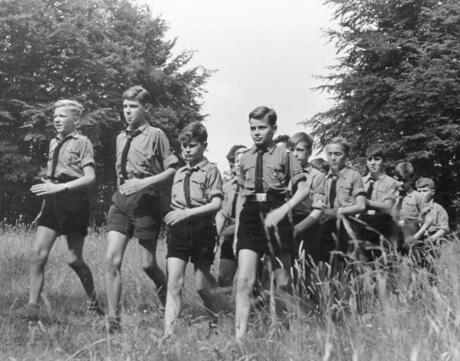
Youth and the National Community
Duration
One 50-min class periodSubject
- Civics & Citizenship
- History
- Social Studies
Grade
6–12Language
English — USPublished
Overview
About This Lesson
In the previous two lessons, students learned about how the Nazis used laws and propaganda to compel and persuade the German public to accept, if not support, their idea of a “national community” shaped according to their racial ideals. In this lesson, students will continue this unit’s historical case study by looking at how the Nazis trained young people, through schools and youth groups, in an effort to build a foundation for the future of that “national community.” Students will learn about the experiences of people who grew up in Nazi Germany through a variety of firsthand accounts that show the appeal the Nazi program held for many youth and the limits of that appeal for others. This lesson also reveals some of the dilemmas and isolation experienced by those young people who were deliberately excluded from the Nazi universe of obligation. The lesson both begins and concludes by providing students with the opportunity to discuss the role of young people in any society and the proper goals and methods for their education.
Preparing to Teach
A Note to Teachers
Before you teach this lesson, please review the following guidance to tailor this lesson to your students’ contexts and needs.
Lesson Plan
Activities
Assessment
Extension Activities
Materials and Downloads
Quick Downloads
Download the Files
Get Files Via Google
Youth and the National Community
Power of Propaganda
Kristallnacht
Unlimited Access to Learning. More Added Every Month.
Facing History & Ourselves is designed for educators who want to help students explore identity, think critically, grow emotionally, act ethically, and participate in civic life. It’s hard work, so we’ve developed some go-to professional learning opportunities to help you along the way.
Exploring ELA Text Selection with Julia Torres
On-Demand

Working for Justice, Equity and Civic Agency in Our Schools: A Conversation with Clint Smith
On-Demand

Centering Student Voices to Build Community and Agency
On-Demand


